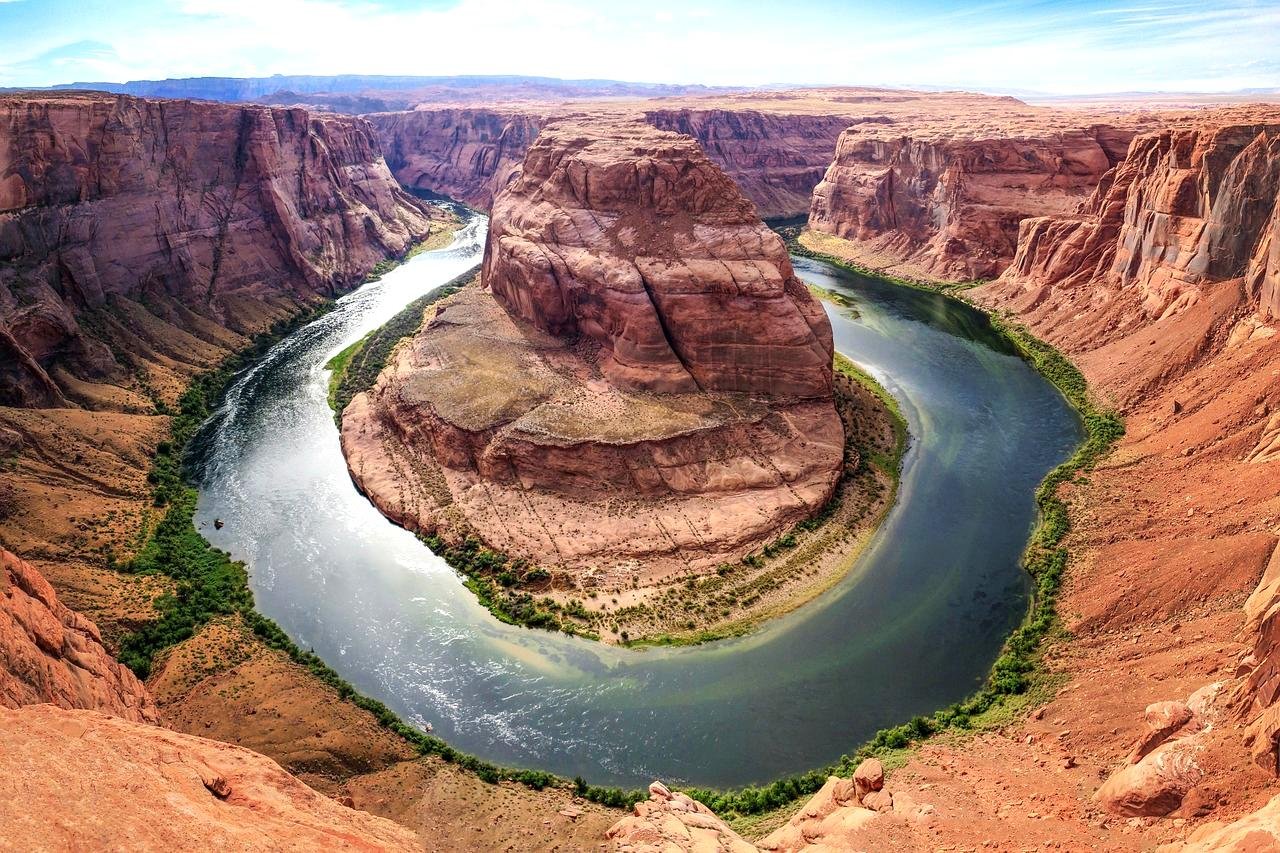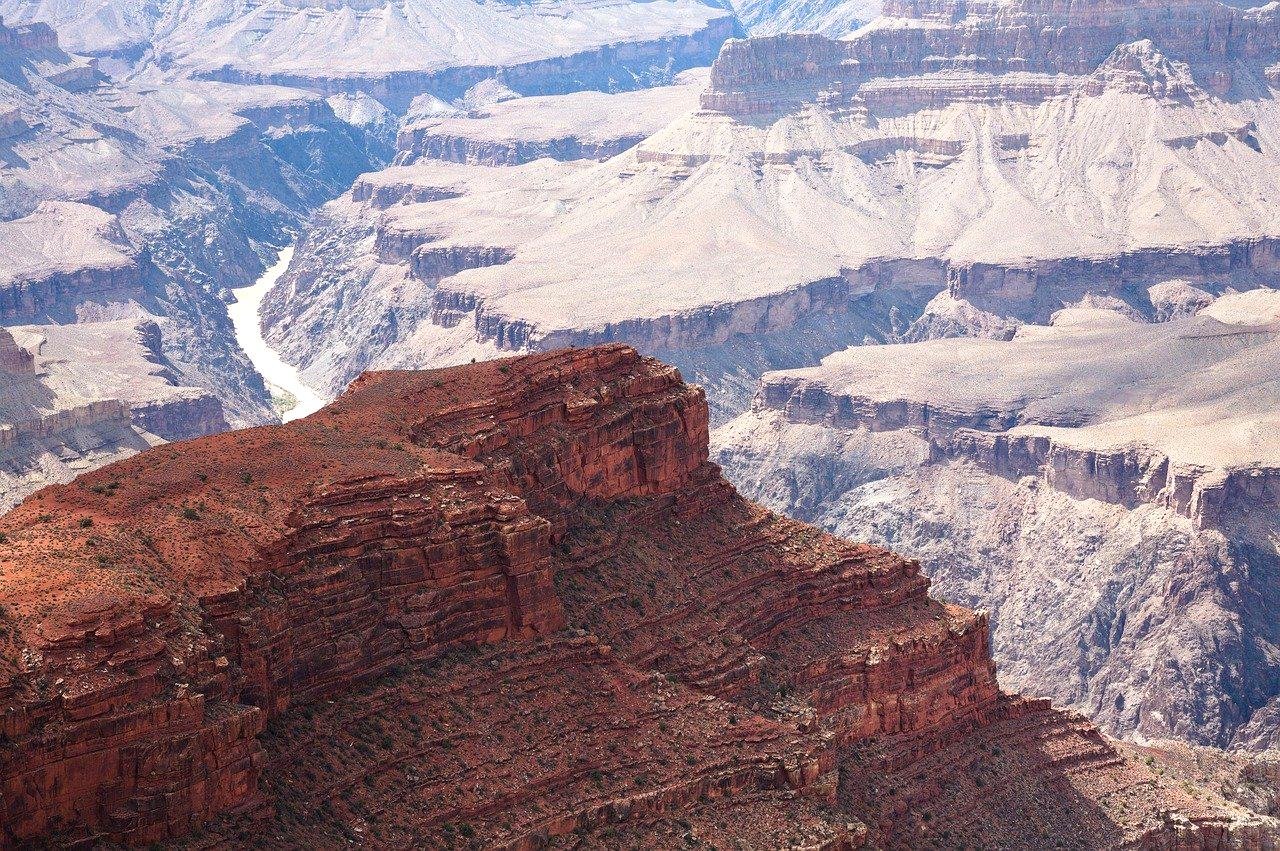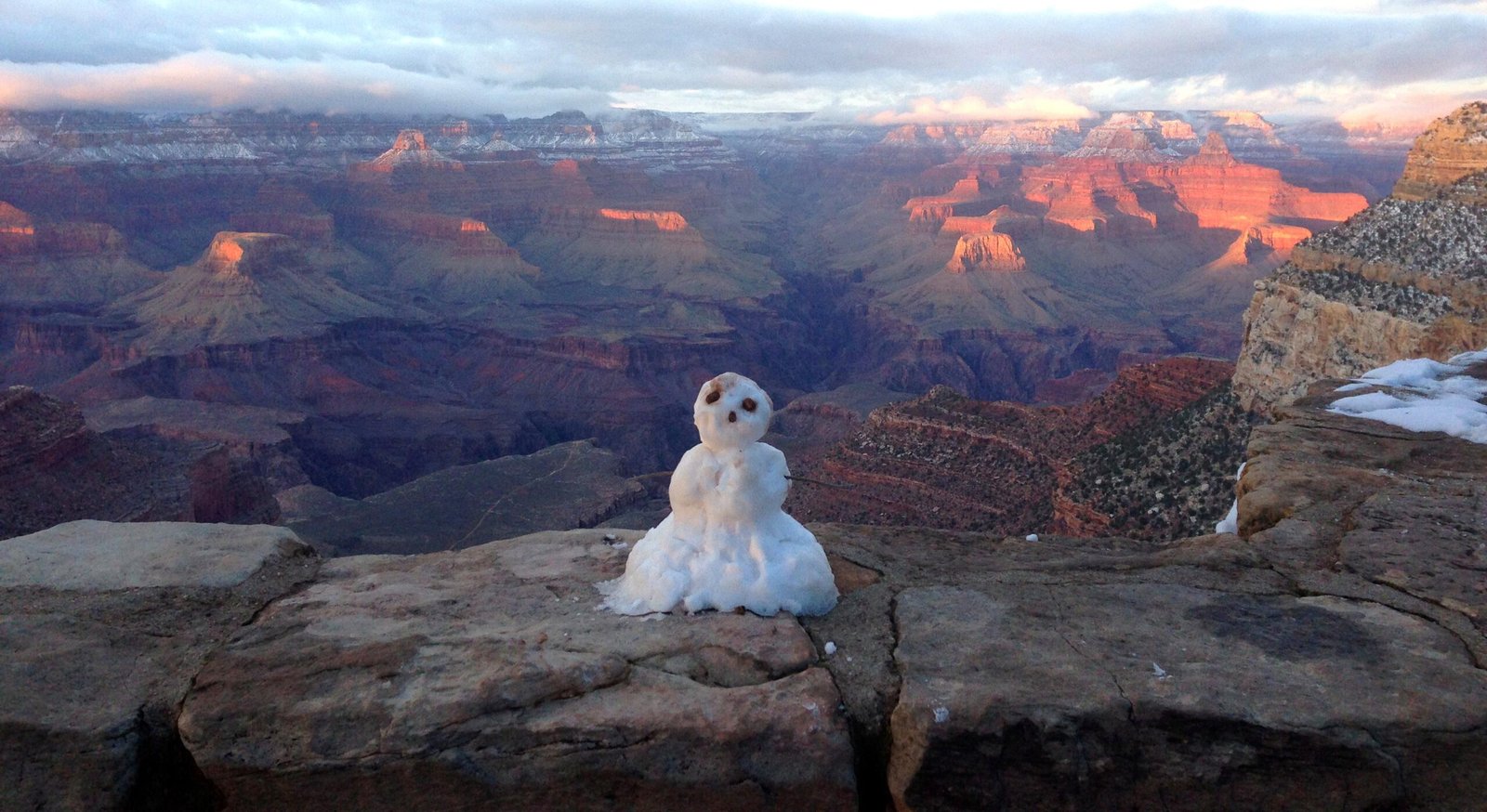The Grand Canyon, a colossal chasm etched by time and nature, remains one of the most awe-inspiring sights on Earth. This majestic landmark captivates millions with its beauty, history, and geological significance. Let’s delve deeper into the fascinating facets of the Grand Canyon that have intrigued visitors and scientists alike.
One of the Seven Natural Wonders
Recognized as one of the Seven Natural Wonders of the World, the Grand Canyon commands immense admiration. Every year, more than five million visitors flock to this marvel, eager to experience its breathtaking vistas. Comparable to other world-renowned sites like the Great Barrier Reef and Mount Everest, the Grand Canyon’s grandeur is undeniable. As one of the first sights that people around the world picture when they think of the United States, it holds a place of pride in the nation’s natural heritage. Just standing on its rim can be an overwhelming experience, enveloping visitors in a panorama of ancient Earth. It’s a place where words often fall short and the mere presence in front of its vastness becomes the currency of understanding.
A Geological Marvel

The Grand Canyon is a living textbook on Earth’s formation, revealing around two billion years of geological history through its layered rock formations. Each stratum tells a story of time, capturing epochs where oceans covered the land, forests thrived, and ancient creatures roamed. For geologists, these layers are like flipping through the pages of Earth’s deep past. Unique features such as fossilized tracks and rare minerals entice scientists worldwide. Understanding how the layers formed and evolved helps construct the timelines of Earth’s development. Such knowledge is invaluable, making the Grand Canyon not just stunning to behold but a vital scientific resource as well.
It’s Bigger Than You Think

The magnitude of the Grand Canyon is staggering: stretching 446 kilometers (277 miles) in length, it reaches widths of up to 29 kilometers (18 miles) and drops over 1.6 kilometers (1 mile) at its deepest point. However large you think it is, standing at one of its lookout points can challenge those perceptions. It stretches beyond the horizon, a labyrinthine sunset of reds, purples, and browns swirling into infinity. To traverse its entirety would require days of hiking and exploration. It’s a place where distance can play tricks on the mind, where your perspective shifts with the shifting sunlight. The canyon is an epitome of vastness that tempts explorers and confounds the imagination.
Carved by a Mighty River
The Grand Canyon owes its intricate beauty to the relentless force of the Colorado River, which has been sculpting this geographical giant for approximately six million years. Inch by inch, layer by layer, the river has carved a symphony in stone, unveiling the Earth’s hidden stories. Some rock formations at the base, dating back even further, reveal an almost unthinkable age of the earth. The process is ongoing, with the river continuing its slow but steady work of erosion, tirelessly shaping and reshaping the canyon over millennia. The river’s power and persistence remind us of nature’s ability to transform landscapes with unyielding determination.
It’s Visible from Space
Owing to its staggering size and distinctive colors, astronauts aboard the International Space Station can clearly see the Grand Canyon from orbit. This visual testament to the canyon’s grandeur signifies its unmistakable presence on the planet’s surface. From thousands of miles away, the patterns of its ridges and colors stand out like a signature marking Earth’s page in the universe. This mighty gorge, shaped by time and nature, proves that Earth’s wonders are not just for those who walk its surface but also for those who journey far beyond. Its visible expanse serves as a reminder of the planet’s diversity and beauty.
It’s Home to Unique Wildlife
Alongside its geological wonders, the Grand Canyon is also a vibrant ecosystem, teeming with life. It boasts over 1,700 plant species and hundreds of animal species, including some that are iconic and elusive. Among its noteworthy inhabitants is the California condor, a rare bird on the brink of extinction now making a gradual comeback in these vast canyons. The vastly different environments from the rim to the river create habitats as varied as deserts and lush riparian zones. The diversity mirrors the ecological richness found around the globe in a microcosmic display. Visitors often find the wildlife to be as captivating as the canyon itself, offering sightings of creatures like bighorn sheep, coyotes, and tassel-eared squirrels.
A Sacred Site

Long before it became a national park, the Grand Canyon held profound cultural and spiritual significance for Native American tribes such as the Hopi, Navajo, and Havasupai. This sacred site is believed to carry immense spiritual energy, with many important stories tied to its landscape. For these tribes, the canyon is more than just a beautiful place; it’s a deeply respected part of their heritage, history, and worldview. Tribal rituals, stories, and traditions often incorporate elements of the canyon, reflecting beliefs that have been passed down for many generations. Respecting these sacred connections is vital in understanding and preserving the canyon’s full legacy.
Extreme Temperature Swings

Visiting the Grand Canyon can be a lesson in climatic extremes. Temperature differences between the canyon’s rim and its depths can be surprising, varying by as much as 15–20°C (27–36°F). On a summer day, the brisk chill at the rim can starkly contrast with the sweltering heat below. These swings provide a challenging environment for plants and animals but they’ve adapted over millennia. Visitors, however, need to be prepared, especially if they plan on traveling from the rim to the river in a single day. This phenomenon illustrates how diverse and dynamic Earth’s environment can be, even within a single location.
It Has Hidden Waterfalls
Nestled away within the canyon’s hidden corners are mesmerizing waterfalls like the Havasu Falls, particularly located on the Havasupai reservation. The turquoise waters, set against the backdrop of rust-red rocks, create a scene of surreal beauty that’s hard to find elsewhere. These hidden treasures require a journey to reach, often involving hiking trails unmarked by the main tourist map. Such excursions reveal the layers of the canyon that are usually missed by those sticking to the more accessible areas. Visiting these sites offers an intimate glimpse into the secluded beauty that resides within the expansive canyon.
Tourists Love the Skywalk

One of the exhilarating attractions is the Grand Canyon Skywalk. This engineering marvel is a glass bridge suspended 1,200 meters (4,000 feet) above the canyon floor. Walking on the Skywalk is like hovering above the vast abysses below, providing views that instill both awe and a slight tingle of apprehension to the uninitiated. It’s not for the faint of heart, but those who dare are rewarded with a perspective unlike any other. The sensation of standing over open space challenges personal fears while allowing the canyon to be experienced in yet another unique dimension. For many visitors, it becomes an unforgettable part of their journey to this iconic natural wonder.
